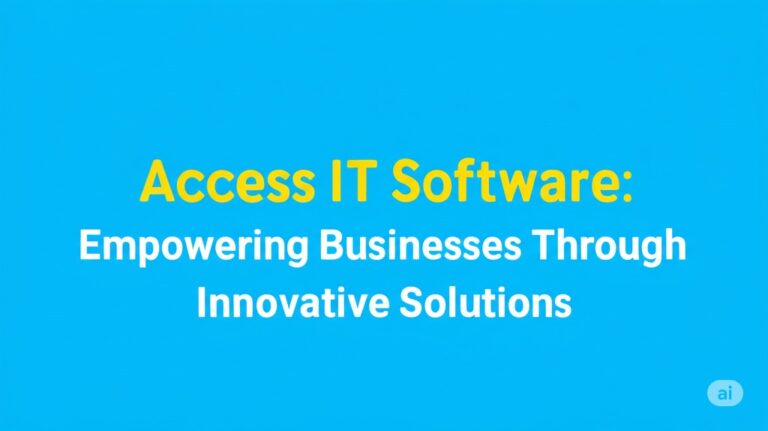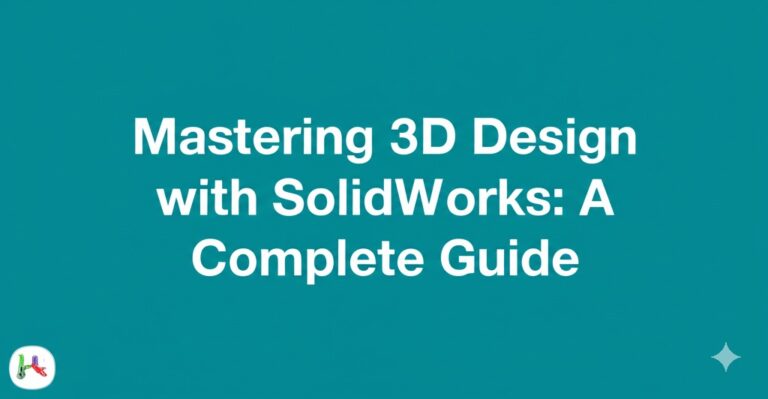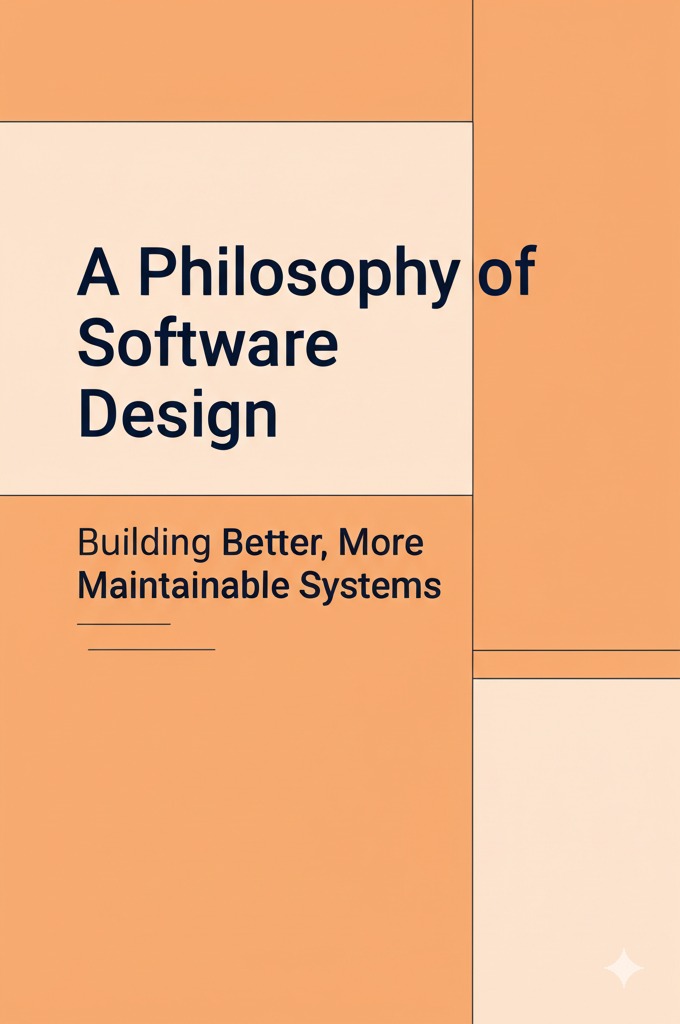What Is 3D Slicing Software? A Beginner-Friendly Guide
If you’ve ever ventured into the world of 3D printing, you’ve likely come across the term “slicer” or “slicing software.” But what exactly does it do—and why is it essential for successful 3D printing?
Whether you’re a hobbyist, professional, or complete beginner, understanding 3D slicing software is crucial for transforming digital designs into physical objects. This guide will break down everything you need to know, from what slicing software does to which options are best for your needs.
What Is 3D Slicing Software?
3D slicing software acts as the translator between your 3D model and your 3D printer. It takes a digital 3D design—usually an STL or OBJ file—and “slices” it into thin horizontal layers, generating a set of instructions (G-code) that your printer can follow.
Why It’s Called “Slicing”
The name comes from the process itself: slicing the object into many layers so that the printer can build it layer by layer from the bottom up. These instructions cover movement paths, temperatures, layer heights, print speeds, and more.
Key Features of 3D Slicing Software
A good slicing software does more than just slicing. It offers a range of features to ensure print quality, speed, and efficiency.
1. Customizable Print Settings
Most slicers let users tweak:
- Layer height
- Infill density and pattern
- Support structures
- Print speed and temperature
- Retraction settings (to prevent stringing)
2. Preview Mode
Previewing your sliced model is crucial. You can examine each layer, check for print issues, and confirm settings before hitting “Print.”
3. Printer Compatibility
Many slicers are optimized for specific printer brands, while others offer profiles for a wide range of machines. Make sure the software supports your 3D printer model.
4. Material Profiles
Advanced slicers support different filament types like PLA, ABS, PETG, or TPU, offering optimized settings for each material.
Top 3D Slicing Software Options in 2025
Here’s a look at some of the most popular and powerful slicing tools available today:
1. Ultimaker Cura
Best for beginners and advanced users alike
- Free and open-source
- Supports hundreds of 3D printers
- Intuitive interface
- Extensive community support
- Powerful plugin system
2. PrusaSlicer
Ideal for Prusa printer users but compatible with many others
- Built-in profiles for Prusa and third-party printers
- Advanced features like organic supports and ironing
- Regular updates and strong community feedback
3. Bambu Studio
Optimized for high-speed printing and multi-color setups
- Designed for Bambu Lab printers but supports others
- Fast slicing engine
- Intelligent support generation
- Ideal for professional-grade prints
4. Simplify3D
A premium choice for professionals
- Paid software with powerful customization
- Great support structures and fine-tuned control
- High-quality preview and troubleshooting tools
How to Choose the Right Slicer for You
Selecting the right 3D slicer depends on several factors:
🔧 Printer Compatibility
Always check if your printer is supported out of the box or requires manual setup.
👨🏫 User Experience
Beginners may prefer a simple interface (like Cura), while professionals might need granular control (like Simplify3D).
🛠️ Advanced Features
If you need multi-material printing, variable layer heights, or custom supports, look for a slicer that offers those features.
💸 Budget
Many excellent slicers are free, but paid options might offer support and additional features that are worth the cost for serious users.
Tips for Getting the Best Results with Slicing Software
Using slicing software effectively can mean the difference between a flawless print and a failed one. Here are some best practices:
- Start with pre-configured profiles for your printer and filament
- Use supports wisely to avoid overhang issues
- Adjust layer height for detail vs. speed (e.g., 0.1mm for fine detail)
- Preview every print before sending it to the printer
- Update your slicer regularly to get the latest features and bug fixes
The Future of Slicing Software
As 3D printing evolves, so does slicing software. We’re seeing improvements like:
- AI-driven slicing for smarter settings optimization
- Cloud-based slicing and remote printer management
- Faster slicing engines for high-speed printers
- Integration with CAD software for a seamless design-to-print workflow
The future of slicing is all about automation, speed, and smarter printing decisions.
Conclusion: Start Slicing Smarter Today
3D slicing software is an essential part of the 3D printing workflow. Whether you’re printing prototypes, toys, tools, or art, choosing the right slicer and mastering its settings can significantly improve your results.

Zain Jacobs is a writer for TheNetUse, providing in-depth reviews, tips, and insights on the latest software apps to help users maximize their digital experience.







